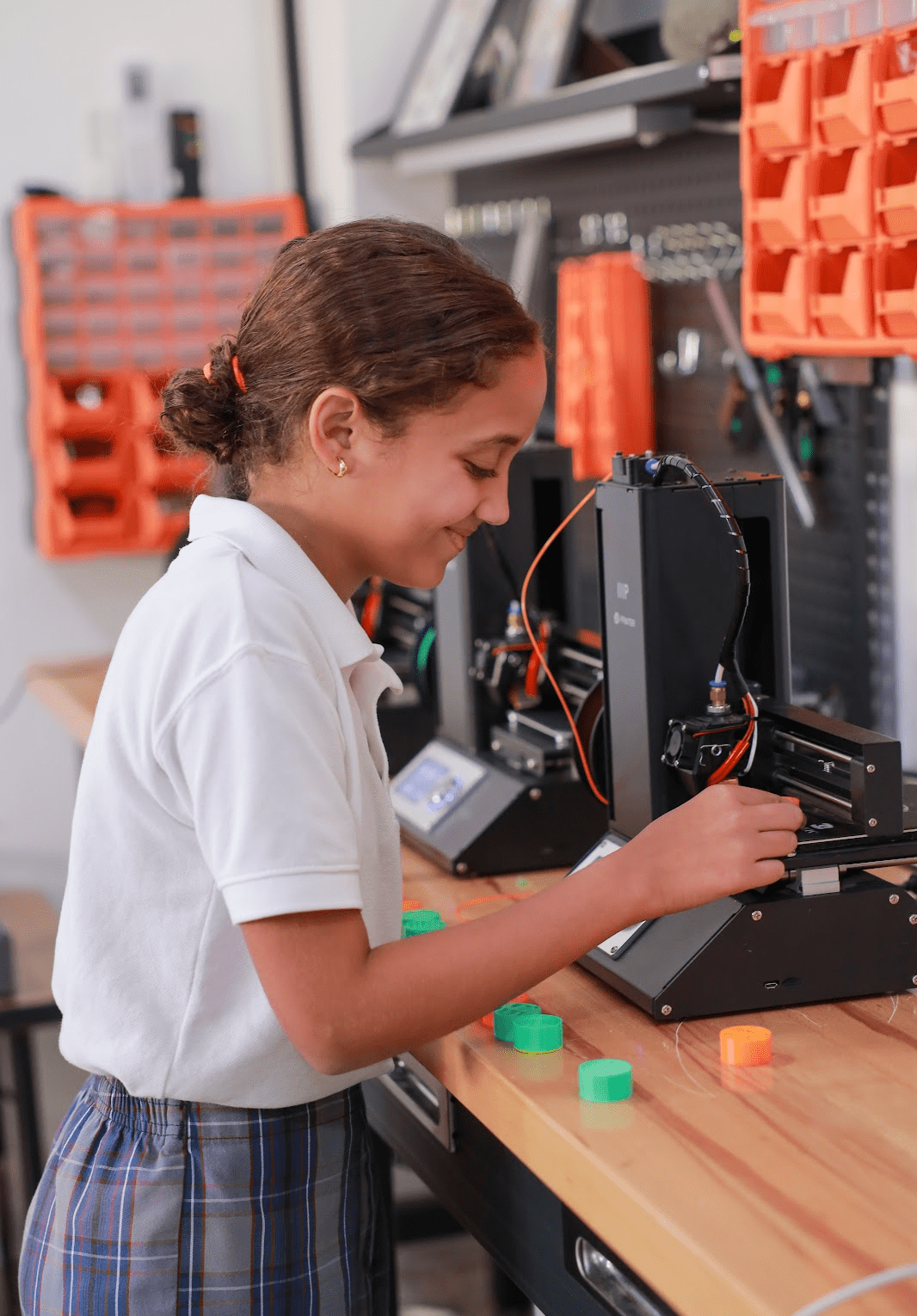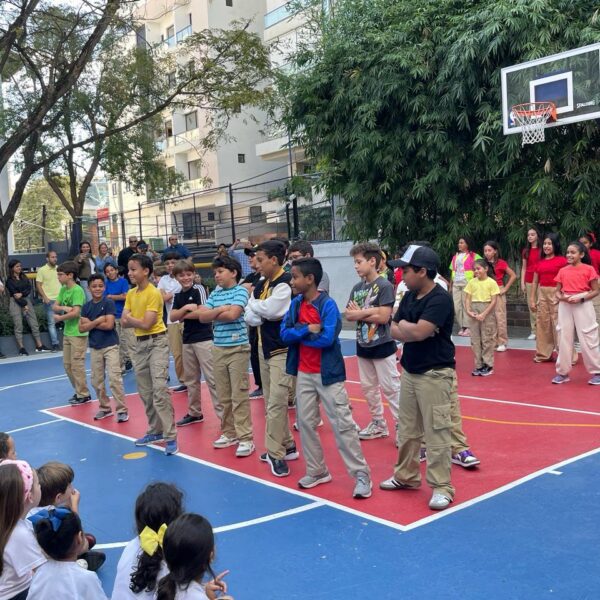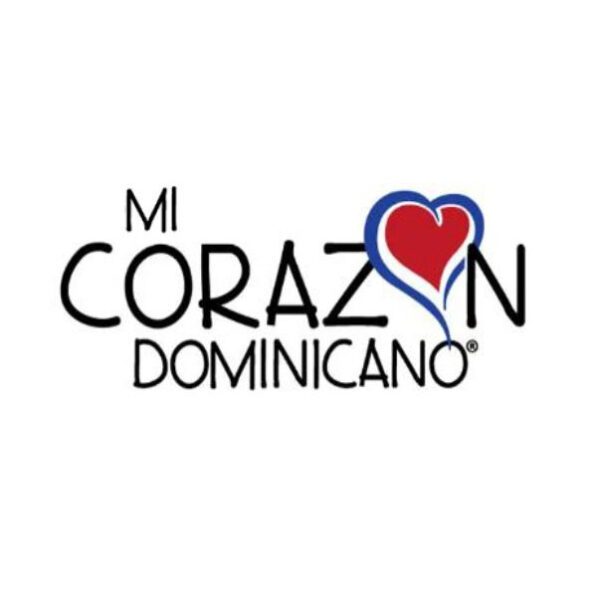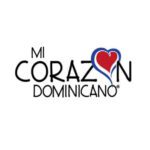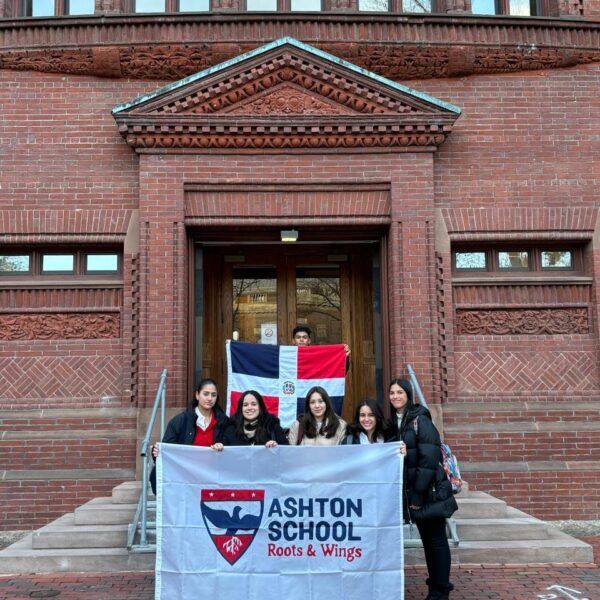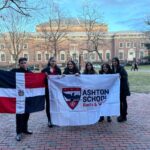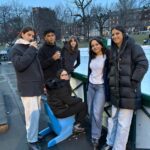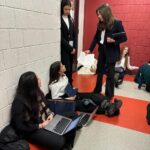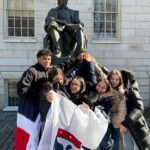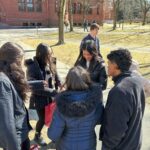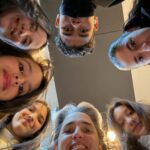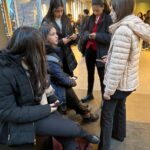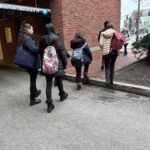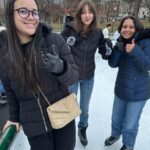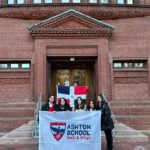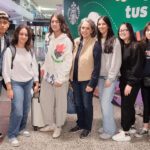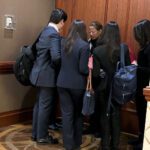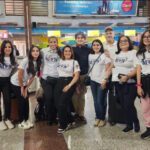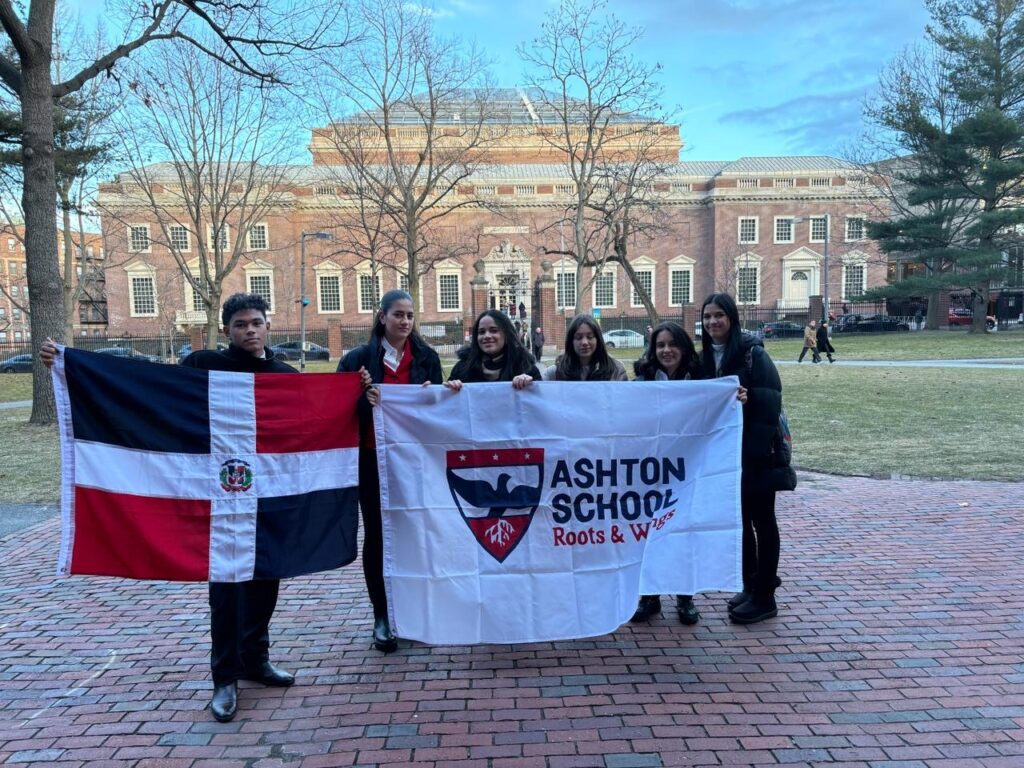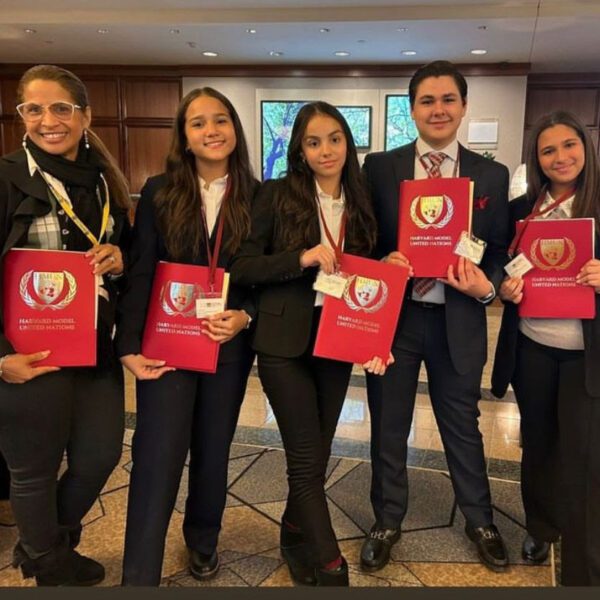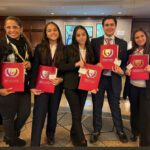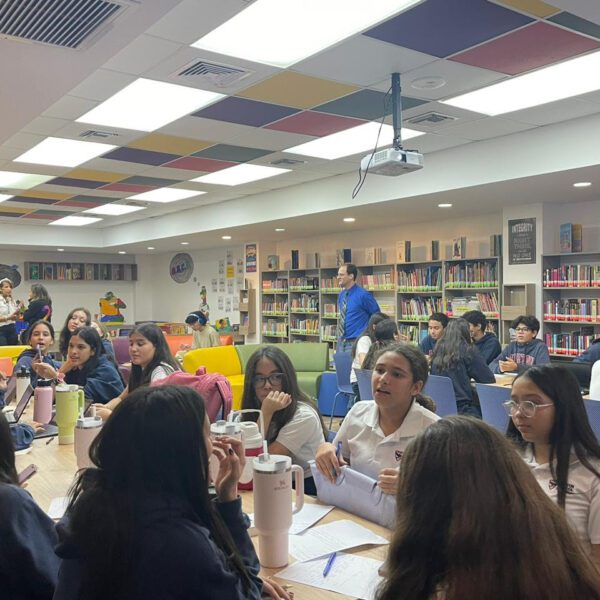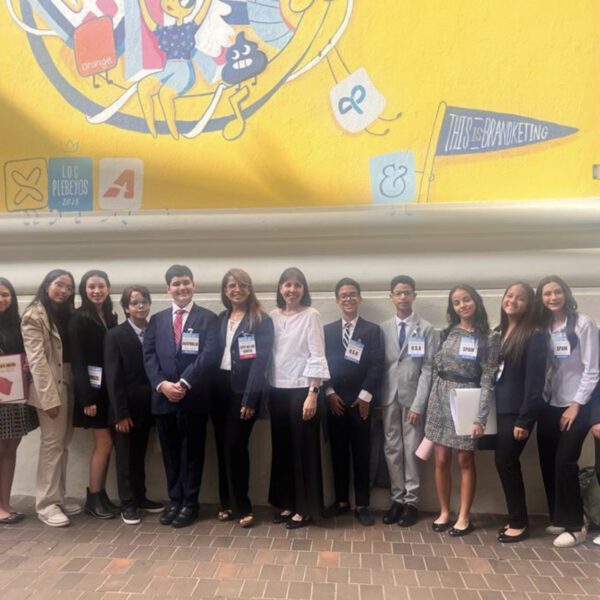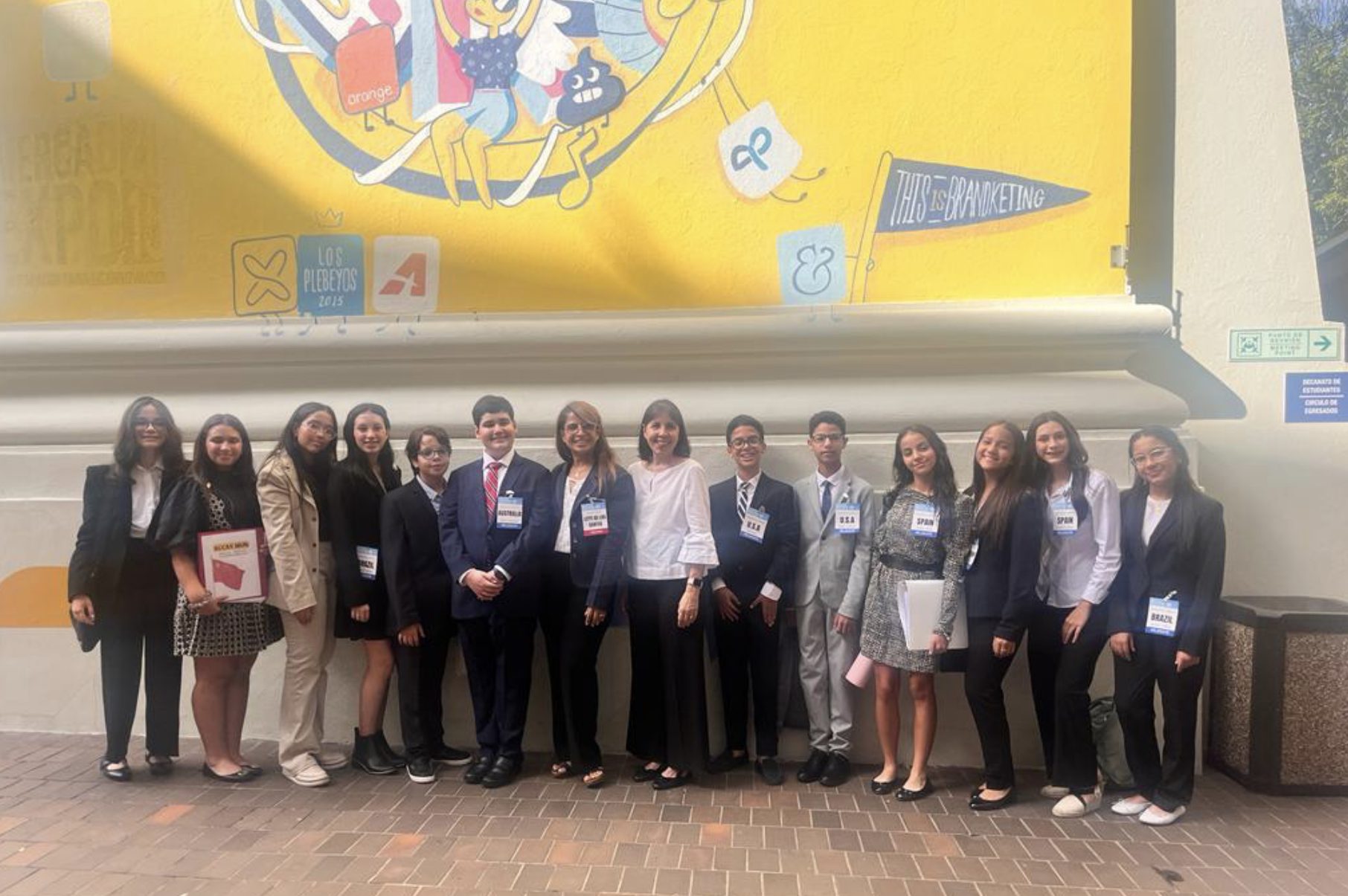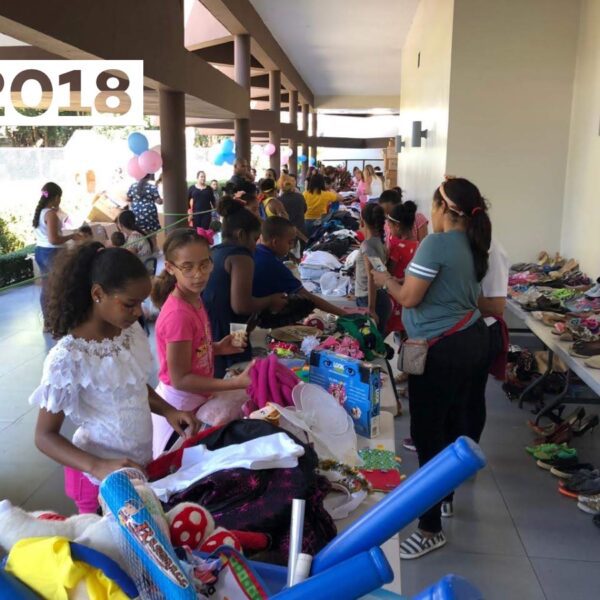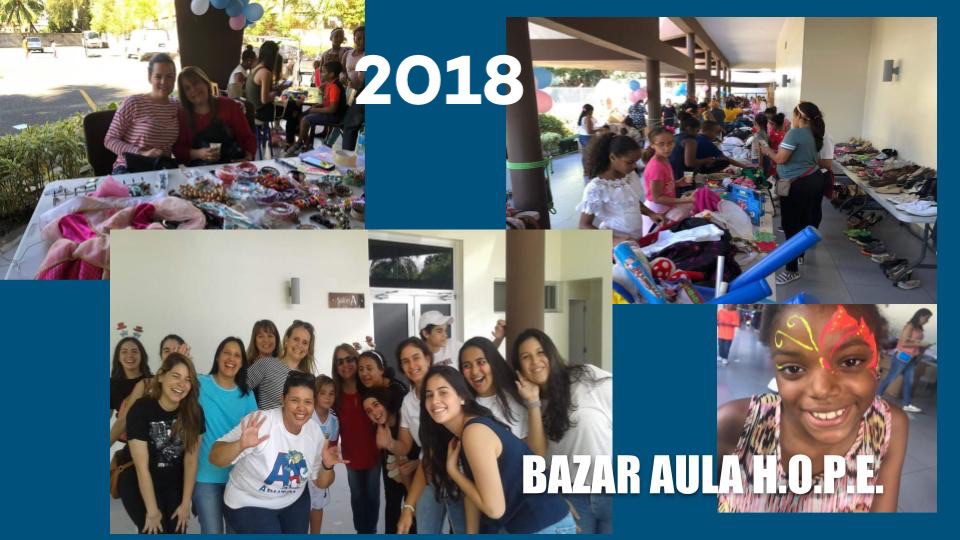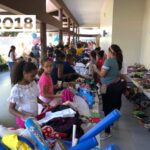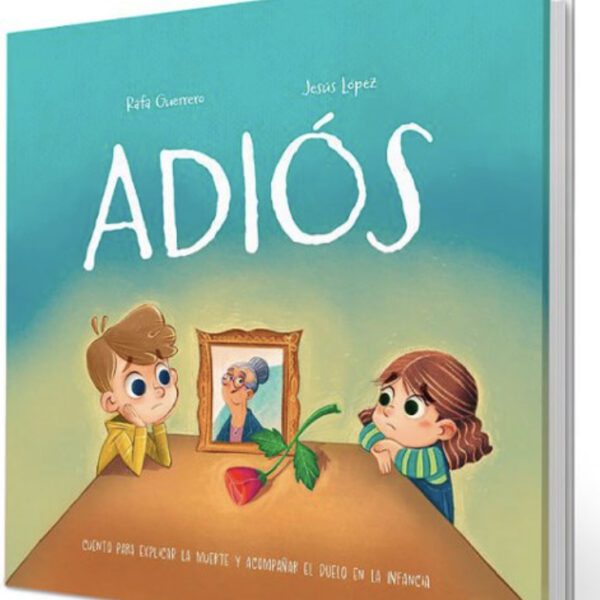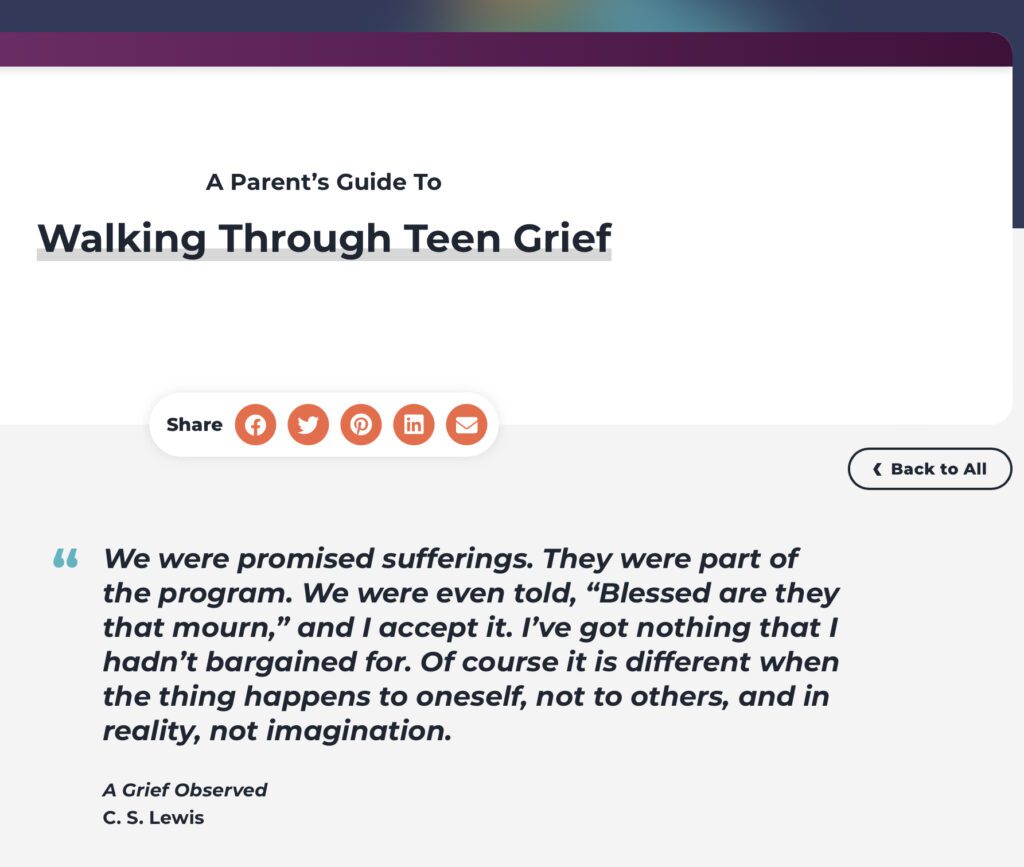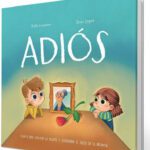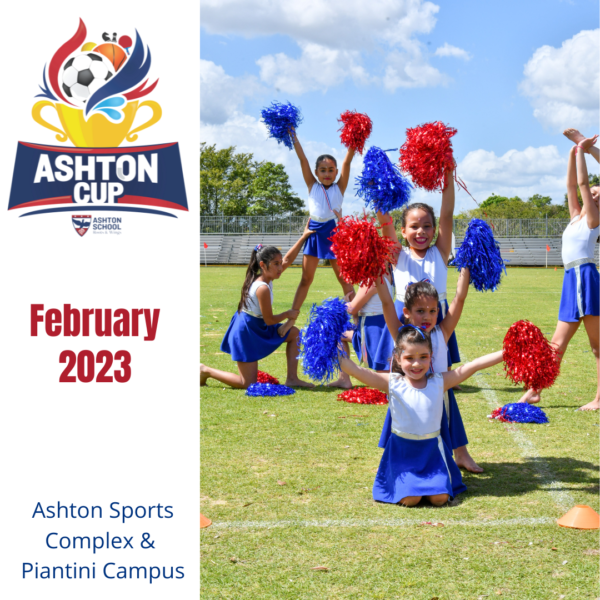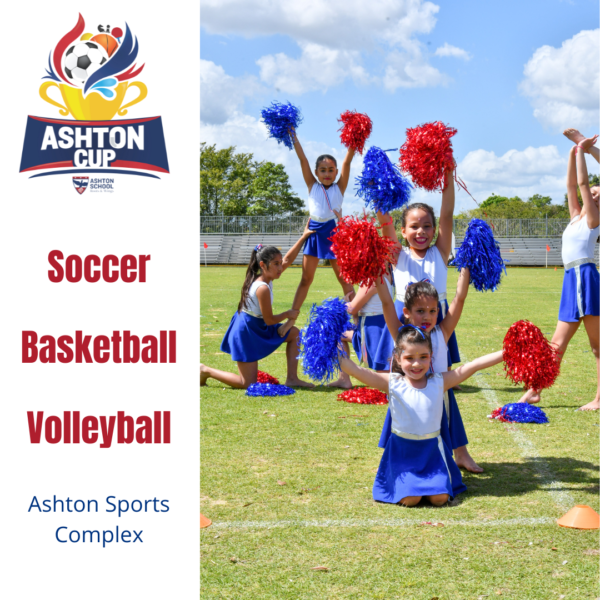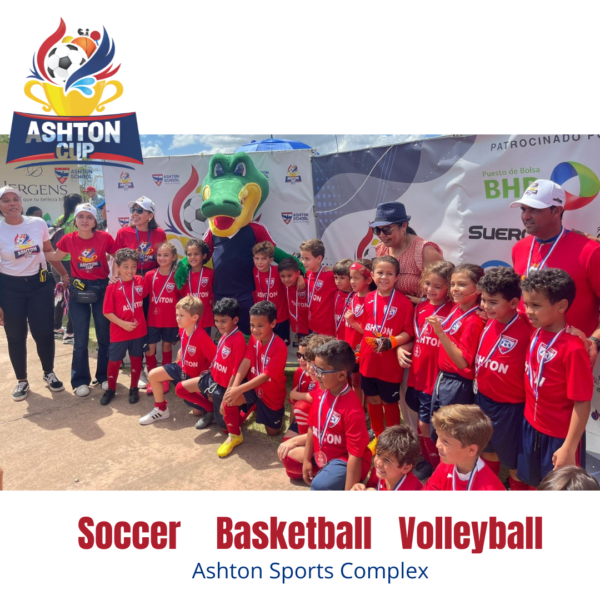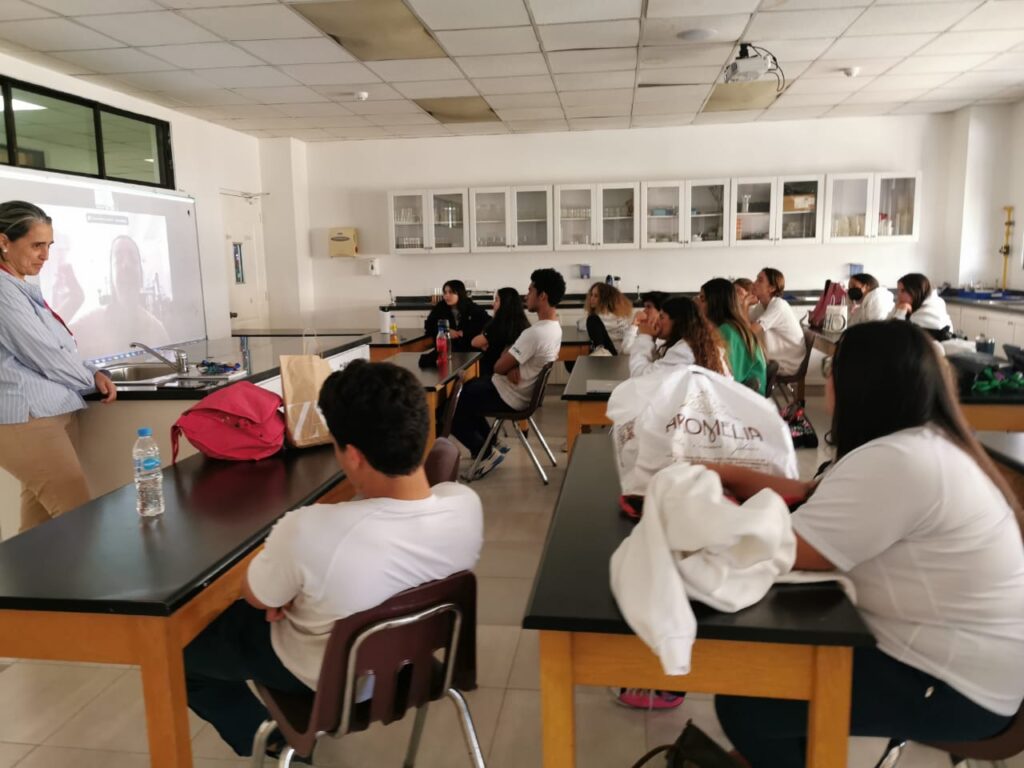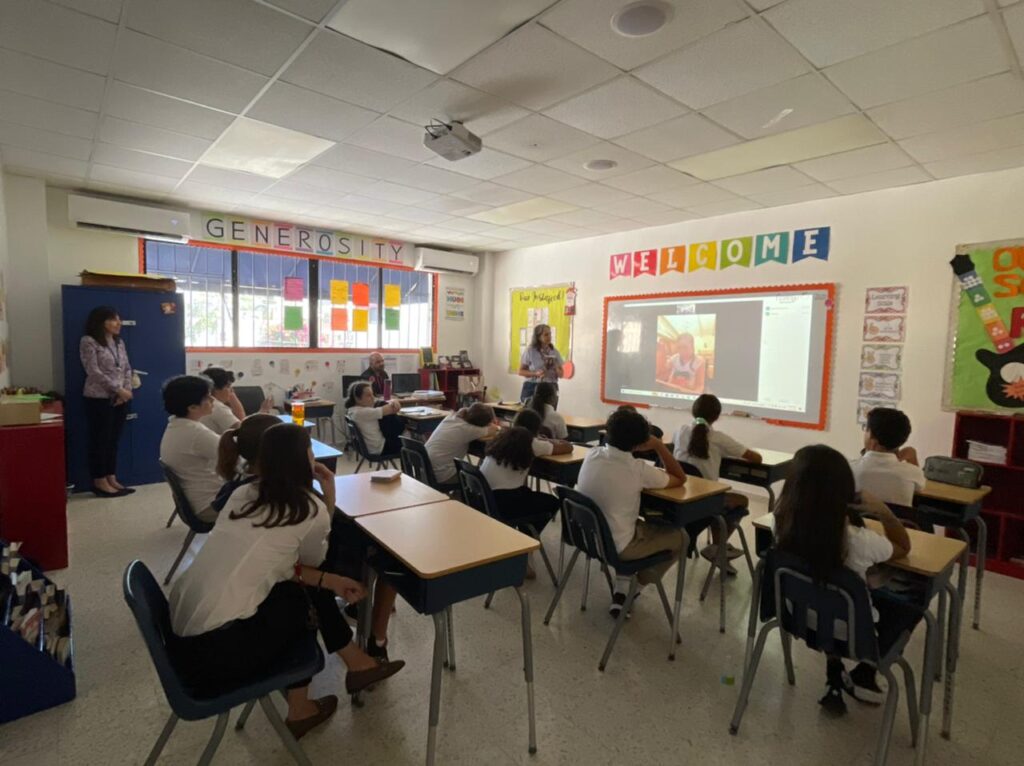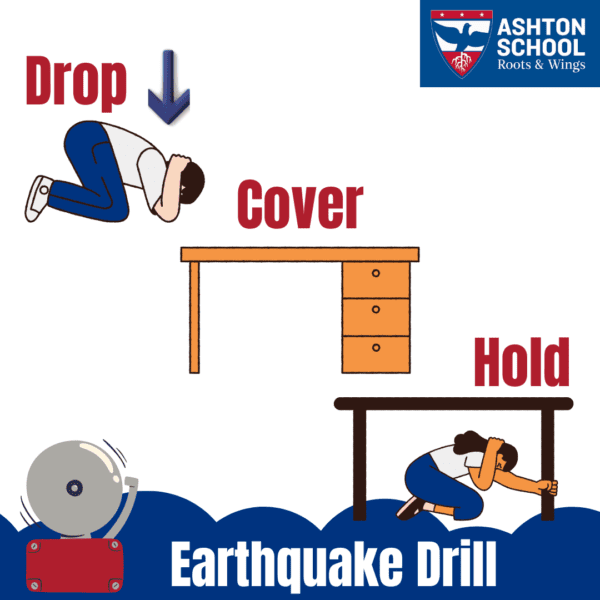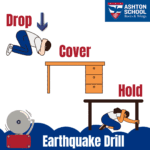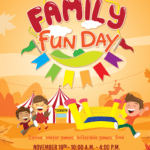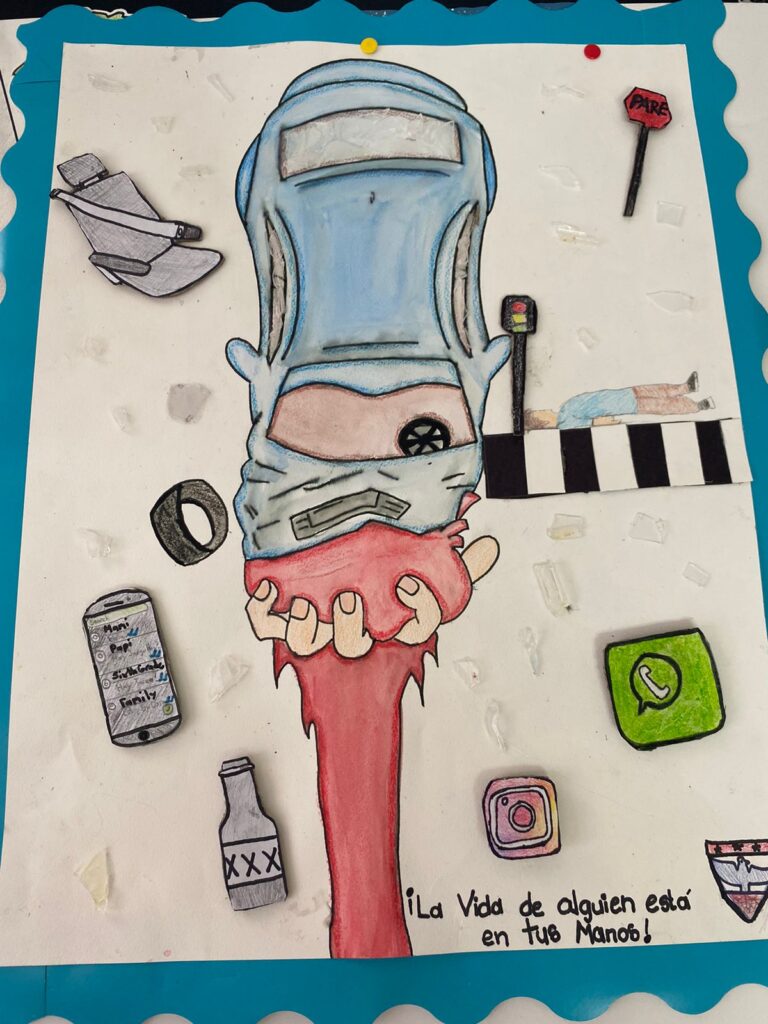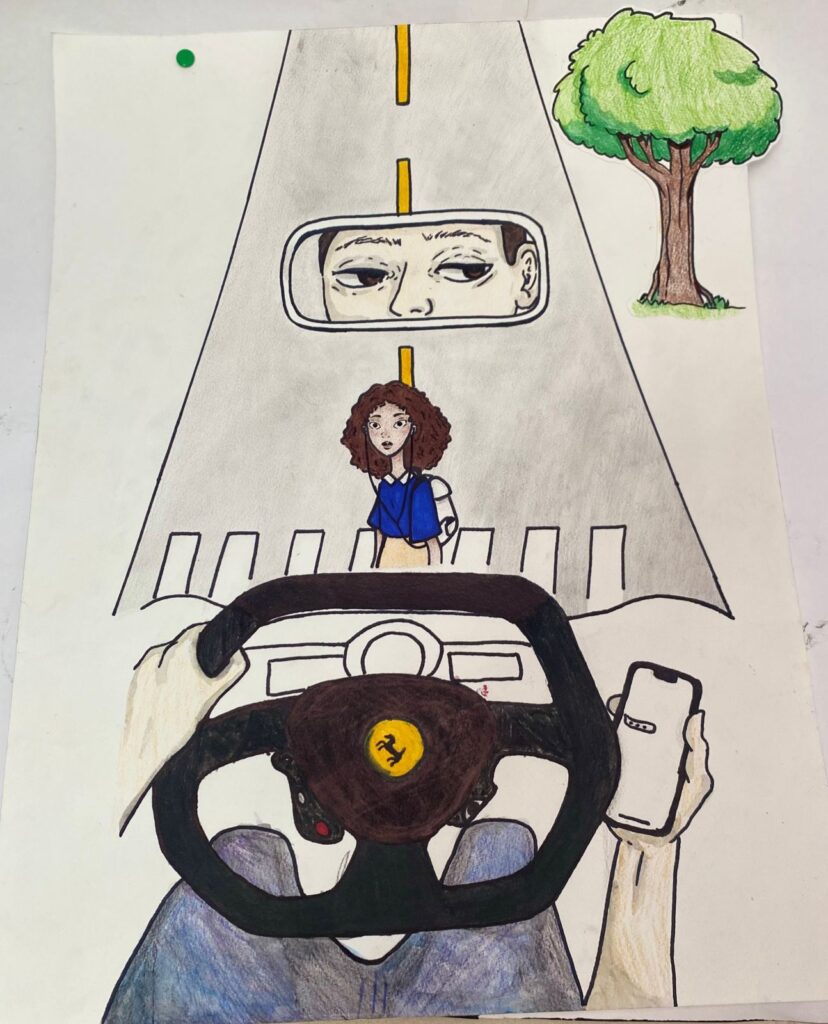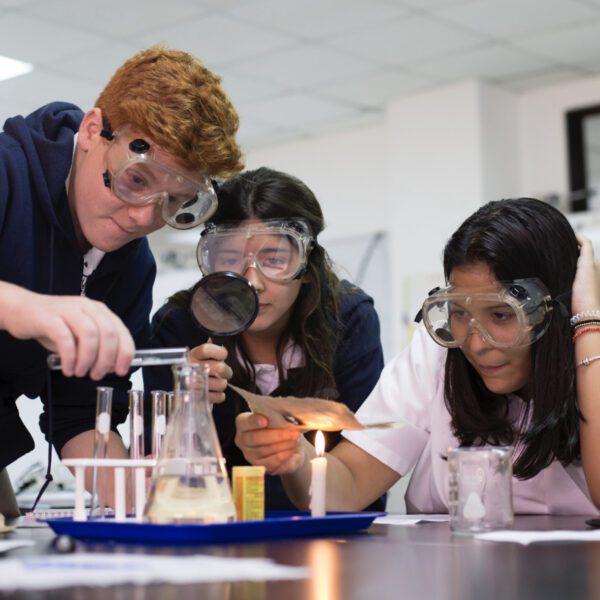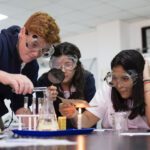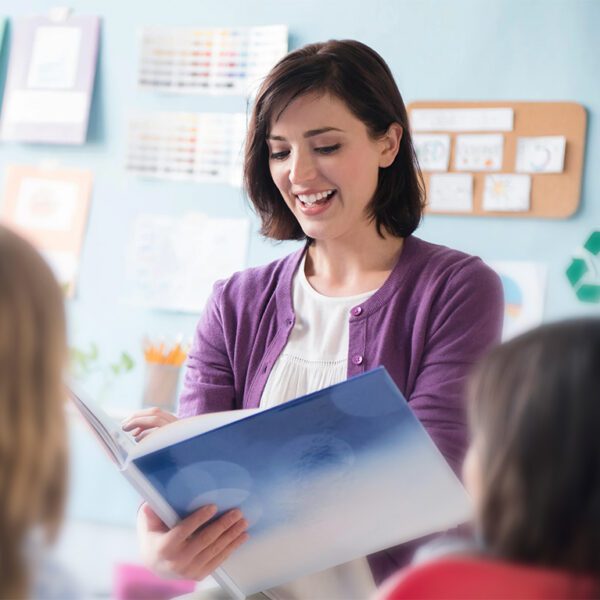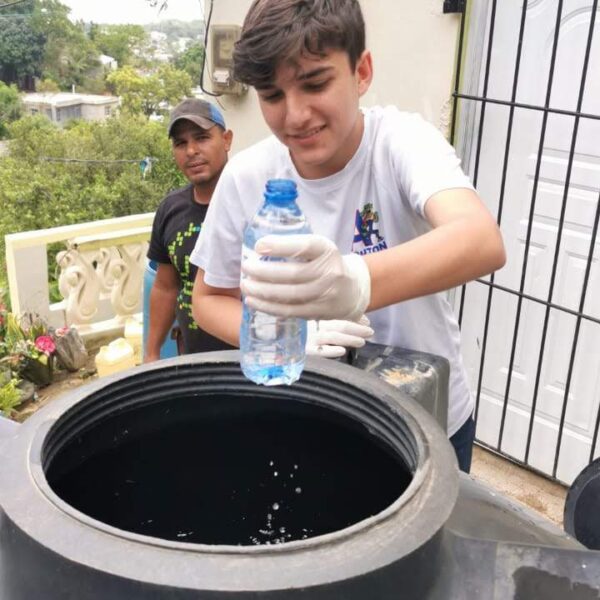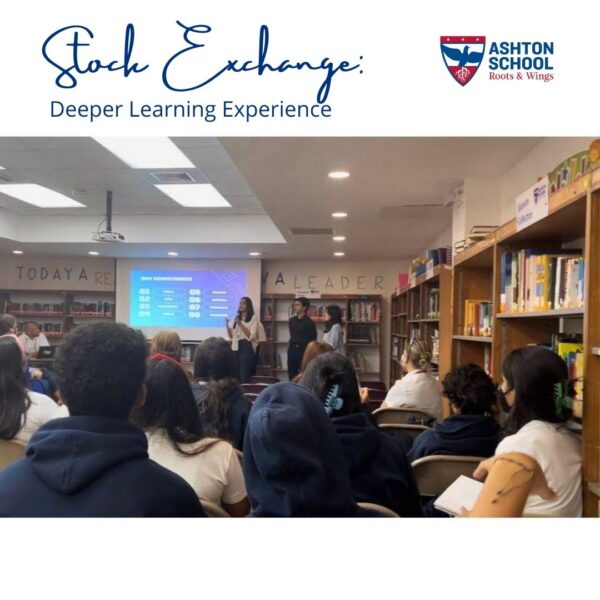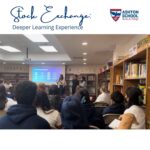Can a passion for sports lead to a rewarding career path filled with excitement, challenges, and countless victories both on and off the field?
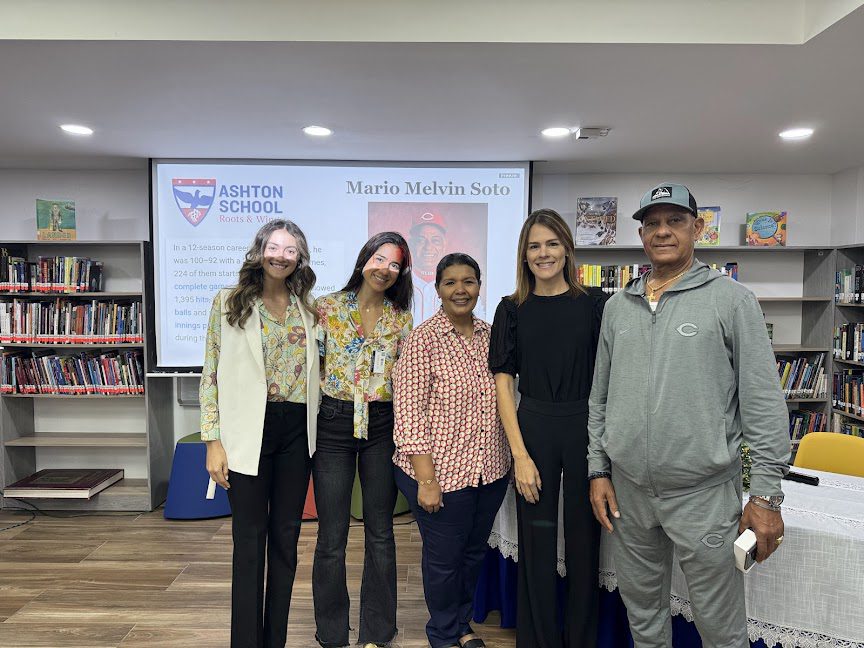
Sports careers are on the rise! More and more students dream of scoring winning goals, managing top-tier athletes, or analyzing game strategies. The sports industry offers a diverse range of fulfilling opportunities.
Taking into account secondary students top three choices, our Guidance Department committed to finding some very special guests. They have many “wins” in common. But we can also say they endured losses as well. These guests are all resilient. They have sacrificed a lot to achieve the recognitions that adorn their profile pictures.

Mario Melvin Soto:
Hall of Fame pitcher for the Cincinnati Reds from 1977 through 1988. With a total of 1449 strikeouts, he is still remembered as the pitcher with both a hard fastball and the circle changeup.
Mr. Soto was the coach for the Dominican Team in the World Classic in 2009, and was the President of the National Baseball Federation for more than 20 years.
In 2001, Mr. Soto was inducted into the Cincinnati Reds Hall of Fame and Museum.
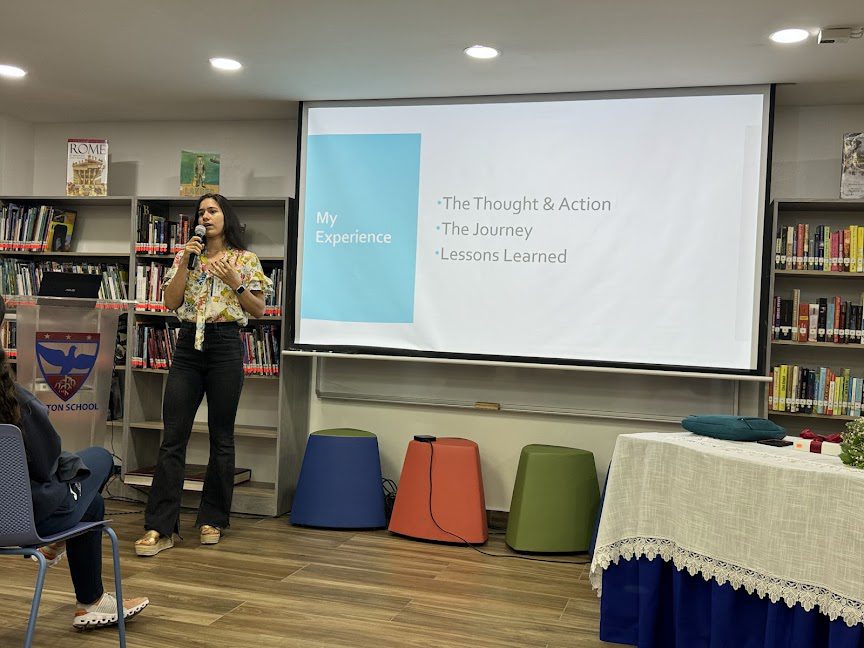
Daphne Heyaime:
Ashton Alumni, and a Newberry College graduate.
As Daphne steps back onto campus, she shared about her college journey, both on and off the field. She also shared tales of triumphs, challenges, and the unforgettable moments that shaped her college experience. Her stories are inspirational.



Michelle Valdez:
Esteemed alumni, North Florida University Graduate.
Michelle Valdez is always ready to serve up inspiration! We heard about her incredible journey both on and off the court. Her dedication, resilience, and achievements always set the bar high. Her passion for tennis has translated into her professional career as educator.
